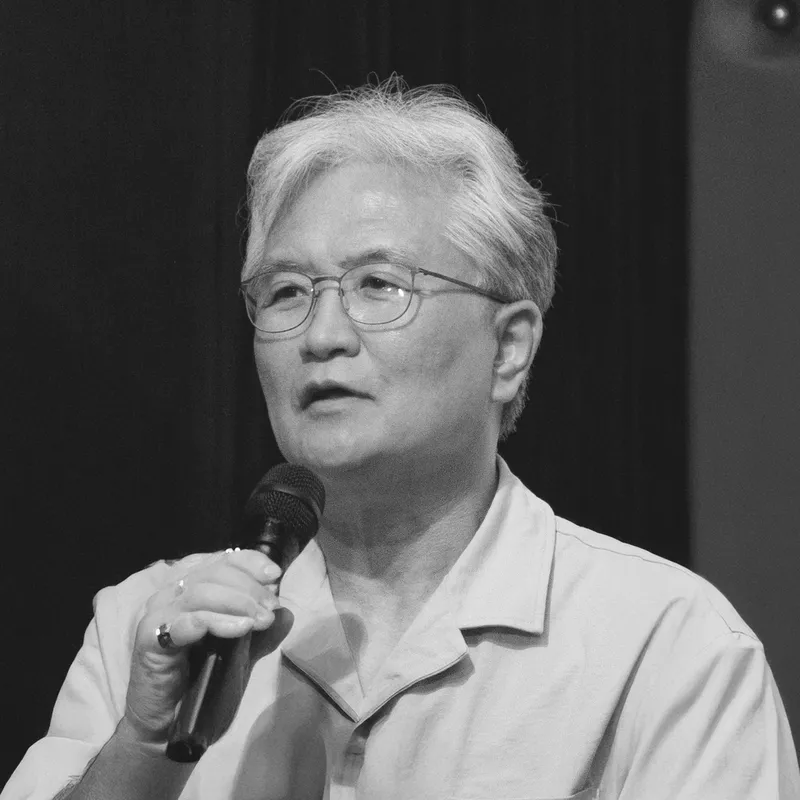
건축은 본질적으로 전시되기 어려운 대상입니다. 모형과 도면, 영상으로 대체할 수 있지만, 실제 건물의 아우라는 전시장 안에 온전히 들어올 수 없습니다.
도시는 길 위에서만 작동하지 않습니다. 길 아래에는 수도, 전기, 통신망 같은 거대한 인프라가 숨겨져 있습니다. 박물관은 이 ‘보이지 않는 도시’를 드러내는 공간이어야 합니다.
한옥은 해체와 재조립이 가능했고, 철근콘크리트는 해부를 통해 구조를 보여줍니다. 건축의 수명과 기술을 전시하는 것이 바로 건축박물관의 역할입니다.
힐튼호텔의 커튼월은 한국 현대 건축사의 중요한 증거입니다. 건물을 다 옮길 수는 없지만, 그 일부를 보존하고 기록해 후대에 전달해야 합니다.
Architecture is inherently difficult to exhibit. Models, drawings, and videos can substitute, but the true aura of an actual building cannot be fully captured within an exhibition space.
A city doesn’t function only on its streets. Beneath them lies vast infrastructure like water, electricity, and communication networks. A museum should be a space that reveals this ‘invisible city.’
Hanok can be dismantled and reassembled, while reinforced concrete reveals its structure through dissection. Exhibiting the lifespan and technology of architecture is precisely the role of an architecture museum.
The curtain wall of the Hilton Hotel is an important piece of evidence in the history of modern Korean architecture. While the entire building cannot be relocated, parts of it must be preserved and documented to pass on to future generations.